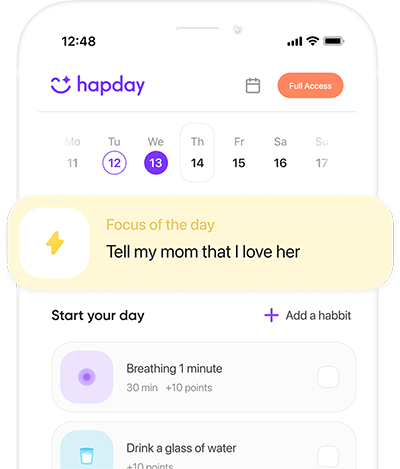Table of Contents
Understanding Childhood Trauma
Oh boy, let’s dive into the deep waters of childhood trauma and how it weaves into the fabric of our self-esteem. If there’s one thing we’ve all got in common, it’s a past—but not all pasts are created equal. Figuring out how childhood trauma echoes into adulthood is like peeling an onion, but crucial for anyone looking to patch things up inside their own head, you know?
I mean, think back to when you were a kid. The world seemed both gloriously fun and a little scary, right? Childhood trauma is akin to that scary part—made much worse. It includes any nasty stuff during those formative years, like abuse or neglect. Seen that CDC and Kaiser study? They dug deep into this. That research connected the dots between early trauma and stuff like low self-esteem in our grown-up lives. It’s a tough read, but absolutely eye-opening.
The Relationship Between Trauma and Self-Esteem
Self-esteem is like your internal mirror—how you see yourself. For a lot of this, we can thank (or blame) our childhood. Kids who endure rough times usually wrestle with these mental echoes; it’s like trying to dress a wound that just won’t heal. I read in the Journal of Child Psychology and Psychiatry that trauma can spray-paint feelings of guilt and shame all over a child’s sense of self. And that’s not exactly a recipe for healthy self-esteem, is it?
The Psychological Mechanisms at Play
- Internalization of Neglect and Abuse: Kids dealing with this often start to believe they must be the problem—that they’re unworthy of love. Pretty tragic that their self-esteem carries the weight of that notion long after the fact.
- Dysfunctional Beliefs: Trauma plants these insidious beliefs—like you’re on life’s B-list, unlovable—that stick around indefinitely.
- Hypervigilance and Anxiety: Imagine walking on eggshells forever. That kind of tension births a lack of confidence in social spots, impacting self-worth.
The Long-term Effects on Self-Esteem
You don’t shake off trauma easily, and, to be blunt, you can see it in the mirror for years. The Journal of Traumatic Stress talks all about adults facing low self-esteem due to childhood horrors. The cycle? Funky bouts of self-doubt, possibly leading to heavier stuff like depression or anxiety.
Emotional Regulation and Self-Esteem
Think about emotional regulation as a skill as useful as riding a bike. Trauma, though, throws a wrench in it, and if you can’t manage emotions, how do you stay steady? Kids from rough backgrounds might grapple with strong feelings of fear or rage without tools to cope—the precursor to rocky relationships later on.
The Role of Attachment
Remember when John Bowlby harped on and on about attachment? Well, he wasn’t wrong. Secure childhood bonds light the path to emotional maturity. Traumas cloud this connectivity, often leading to insecure attachment styles. If you’re always second-guessing whether you’re loved, confidence plummets.
Strategies for Rebuilding Self-Esteem
But hey—there’s hope if you’re grappling with this stuff! Healing, thank goodness, is on the menu. Let’s break it down:
- Therapy and Counseling: Ever tried cognitive-behavioral therapy? It can turn that inner critic into a gentle coach.
- Mindfulness and Meditation: These practices? They’re like emotional WD-40, helping those gritty thoughts glide along smoothly.
- Building Supportive Relationships: Replacing toxic voices with friendly, supportive ones can build up your resilience, brick by brick.
- Self-compassion: Imagine treating yourself like a friend. Sounds cheesey, perhaps, but transformative for self-esteem.
- Setting Boundaries: Drawing lines isn’t just painting—it’s vital in reclaiming self-worth.
Conclusion
The thing with childhood trauma is, it doesn’t ask permission before it digs into your self-esteem, carrying on into your adult years. But knowing the ropes of its impact can lead you toward breaking free from the past. With time, effort, and a sprinkle of self-love, anyone can develop a healthier self-image.
Treading the path of recovery is tough, but you’re not alone. Consider checking out resources like Hapday to guide your way to a better you.
References
- CDC-Kaiser ACE Study. (n.d.). Retrieved from this report on childhood trauma.
- Ehlers, A., & Clark, D. M. (2000). A cognitive model of PTSD in Behaviour Research and Therapy.
- Bowlby, J. (1969). Attachment and Loss. Yes, it’s a cornerstone in psychological theories.
- Journal of Traumatic Stress. (2020). Discusses the ongoing impact of childhood trauma.

